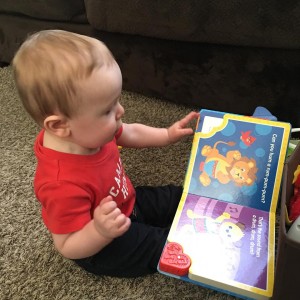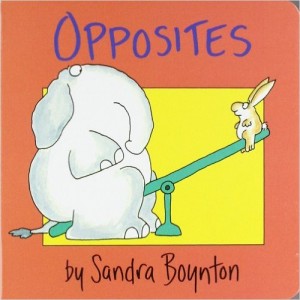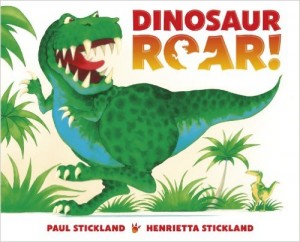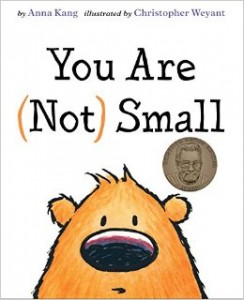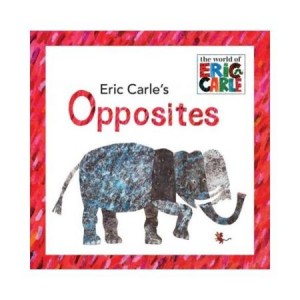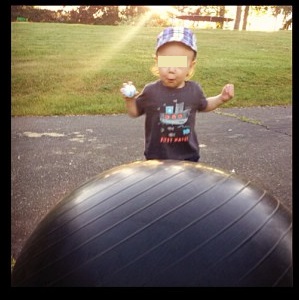Today’s play-of-the-day is March opposite fun. Learning opposites isn’t a black and white challenge, it’s really quite complicated.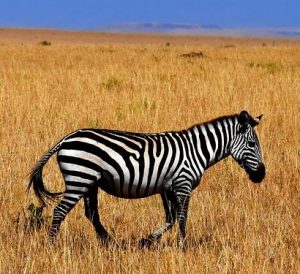
Opposites aren’t only one thing or the other, like on-off or black-white. They often depend on the context. For instance, the temperature outside can feel too warm if you are wearing a parka, hat, snow pants, and mittens or too cold, if only wearing flip-flops and a swimsuit. The temperature hasn’t changed but how we describe it will be based on how it affects us. The relationship of objects also influences opposites. A preschooler is small compared to a teenager, but big beside the new baby.
In order to figure out how opposites work, kids need lots of opportunities and experiences. There are some great stories and books about opposites and even some songs. Did you ever sing The Duke of York? There are actions kids can do with the opposite words:
There was a Duke of York, he had ten thousand men.
He marched them UP to the top of the hill and
He marched them DOWN again.
When they were UP, they were UP,
And when they were DOWN, they were DOWN.
And when they were only HALF-WAY UP,
They were neither UP nor DOWN.
For the word UP, kids stand as tall as they can and for DOWN, they crouch way down near the floor. For HALF-WAY , just scrunch down a little. Some kids will be able to pop up and down and sing at the same time but some will only sing or do the actions.
A quick opposite game is STOP-GO. At the word GO kids can run, hop, wiggle, bounce or whatever there is room to do. When you, or another child being the leader, says STOP all the others must freeze and be as still as they can be. Kids can play this opposite game inside or outside.
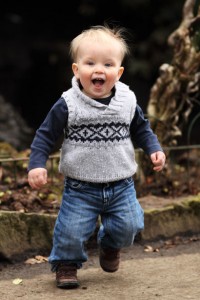
Where appropriate in the day, can you and your child have some March opposite fun?

